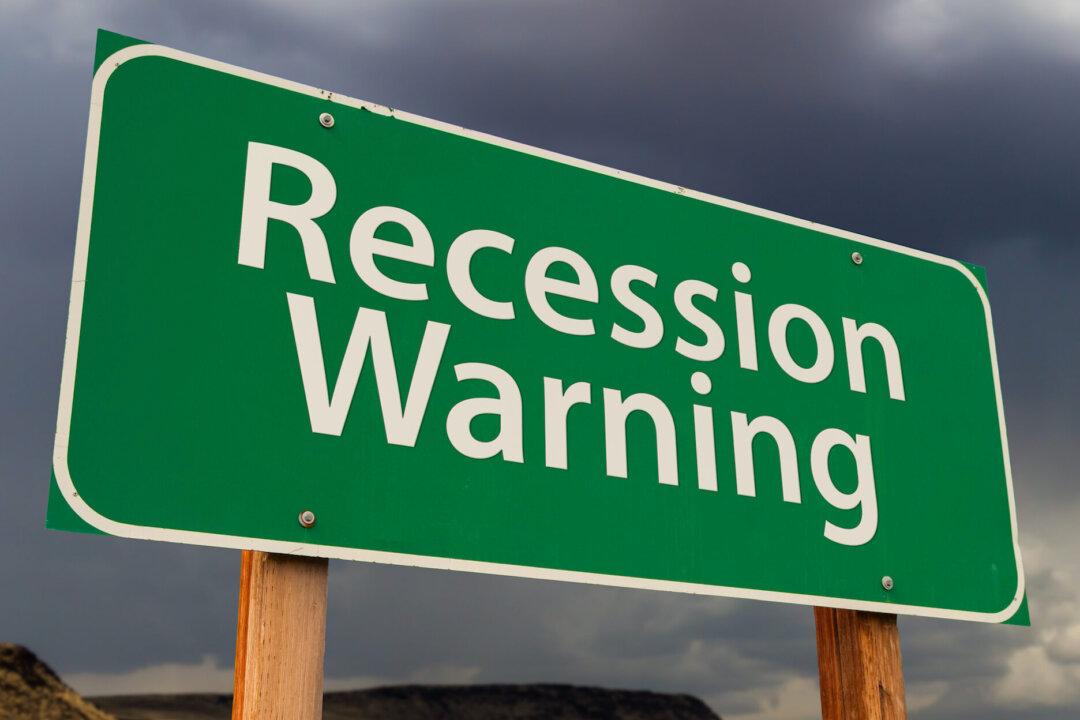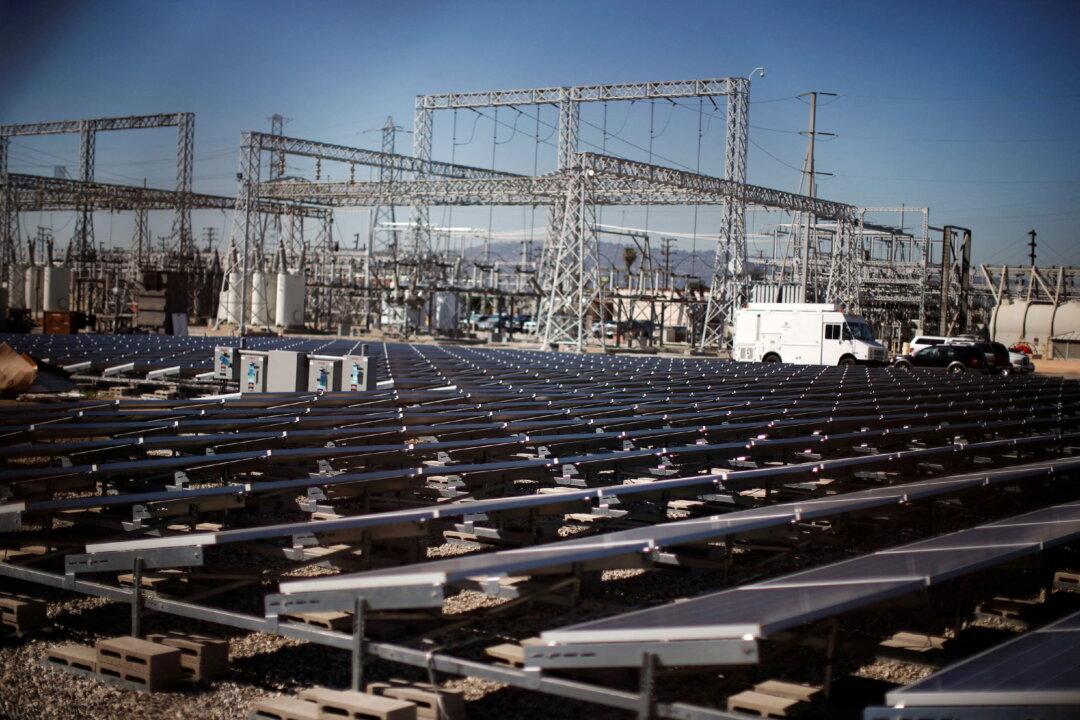Commentary
The U.S. economy is wheezing, and with it California’s. The numbers tell the story, from Chapman University’s Economic Forecast Update, given at the school on June 22 by President Emeritus Jim Doti and his colleagues. The video can be found on YouTube. I’ve been attending Doti’s presentations for 36 years now, and he always puts on a good show.





